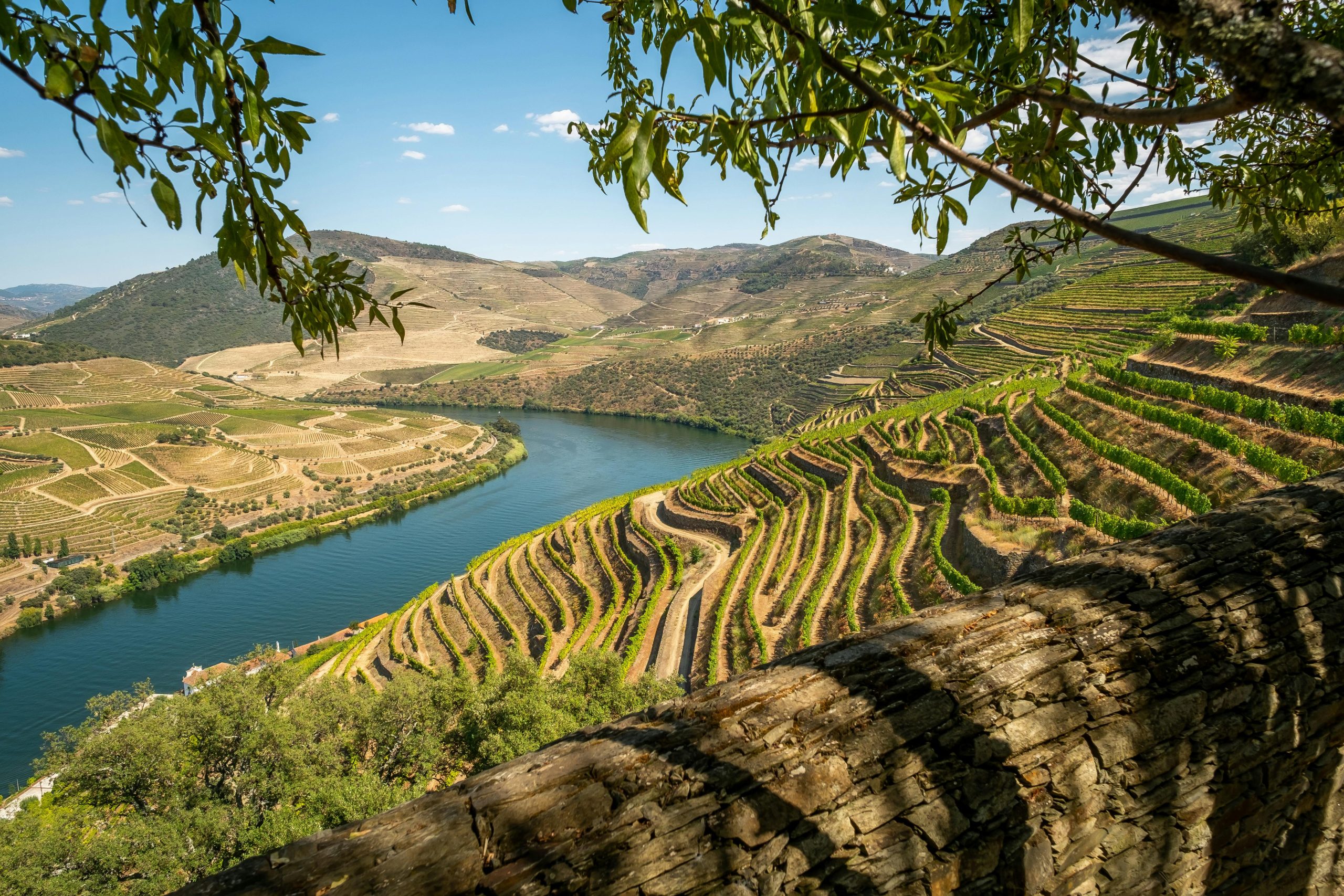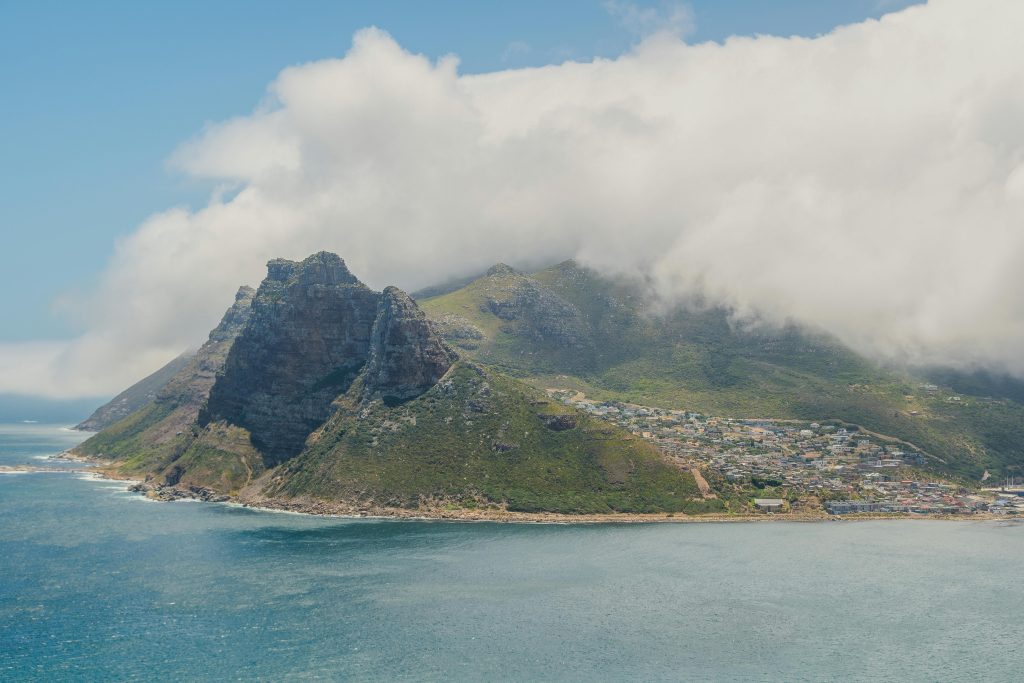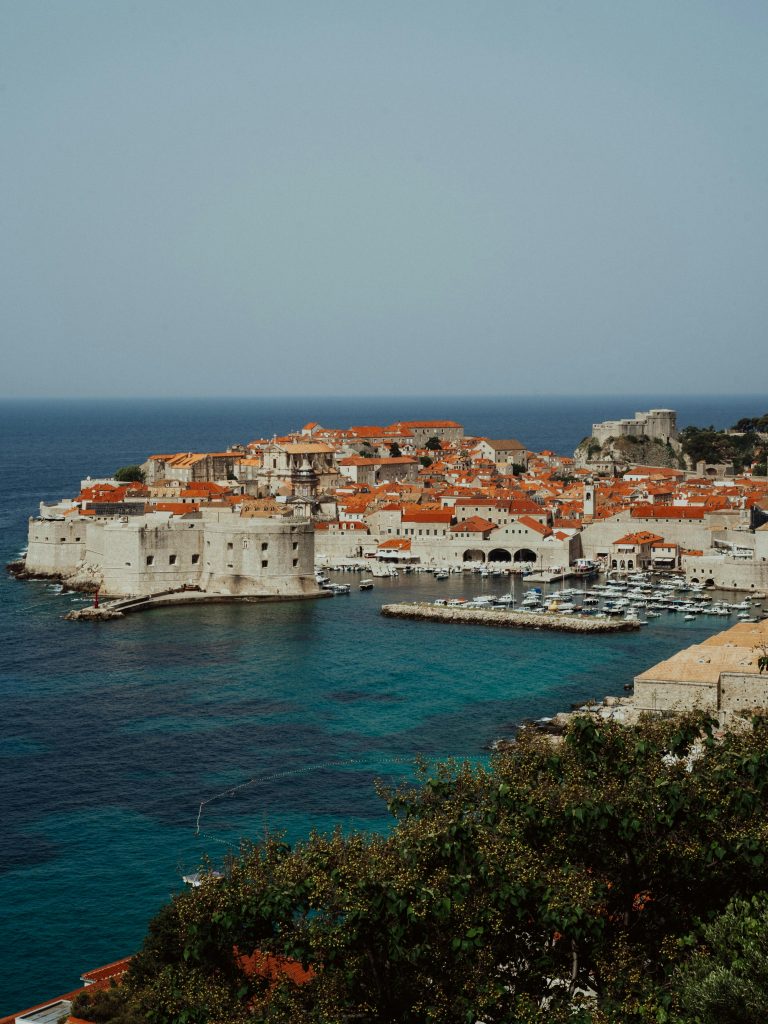
Wine is more than a drink; it’s a journey in a glass. For those seeking more than the classic vineyards of Napa or Tuscany, there are hidden wine gems around the globe waiting to be discovered. These destinations offer more than just a tasting experience—they give a story in every sip, an adventure with every pour. Let’s embark on a journey to some of the most fascinating wine regions you may have yet to explore. From Portugal’s steep river valleys to the rugged landscapes of South Africa, here are the top destinations for wine lovers seeking unique flavors and tales worth sharing.
The Douro Valley, Portugal: Where Tradition Meets Tenacity
The Douro Valley isn’t just beautiful; it’s breathtaking. With dramatic slopes plunging down to the Douro River, the vineyards here cling to terraced hillsides. This UNESCO World Heritage site is one of the oldest wine regions globally, and it still maintains its ancient ways of producing wine. Locals continue to stomp grapes by foot, a practice you won’t see in most modern wineries. This labor-intensive technique, passed down through generations, brings out the best in their rich, full-bodied red wines.
Here, the climate plays a significant role in crafting unique flavors. Hot, dry summers and schist-rich soils push the grapes to develop intense flavors and complex structures. While Port is the Douro Valley’s claim to fame, there’s so much more waiting to be uncovered. Non-fortified wines from local grapes like Touriga Nacional and Tinta Roriz have risen in popularity for their boldness and balance. Adventurous wine lovers will find these wines remarkable in depth and distinctive in flavor.
The Douro Valley isn’t just one of the best wine destinations; it’s an experience. Each sip reveals the grit and spirit of a region where wine is as old as time. For more hidden gems from the Douro, check out Exploring the Best Hidden Gem Wines from the Douro Valley.
South Africa’s Coastal Wineries: Sun-Kissed and Unconventional
South Africa’s wine story is still unfolding, but its roots reach back to the 17th century when Dutch settlers first brought vines to the Cape. Today, South Africa’s wine regions blend Old World structure with New World innovation. In coastal regions like Stellenbosch and Swartland, grapes grow under some of the world’s best conditions, kissed by the cool Atlantic breeze that tempers the hot African sun.
Stellenbosch is where history and innovation meet, but Swartland, to the north, offers a wilder, more unconventional wine experience. Swartland’s winemakers embrace minimal intervention, focusing on expressing the terroir. They’re pioneers of the natural wine movement, letting native yeasts ferment the juice, creating wines with earthy, authentic flavors. Expect reds like Pinotage, a uniquely South African grape, with smoky and fruity undertones. Chenin Blanc here also shines with a depth of flavor you won’t find anywhere else.
To truly taste South Africa’s uniqueness, head to the boutique wineries. Many of them offer cellar door tastings by appointment, giving you a personal and intimate experience. Swartland especially stands out for those ready to wander off the beaten path. Discover more about South Africa’s hidden wineries in A Wine Lover’s Guide to Hidden Gem Wineries in South Africa.

Bordeaux, France: Beyond the Grand Châteaux
Bordeaux is synonymous with wine prestige. For centuries, it has produced some of the most coveted wines in the world. But if you venture beyond the grand châteaux and famous Left Bank, you’ll find a Bordeaux that’s refreshingly different. Small producers in areas like Côtes de Bordeaux and Entre-Deux-Mers are crafting wines with immense character, often at more accessible prices.
In these lesser-known wine destinations, winemakers focus on sustainability and quality over quantity. They embrace organic practices and emphasize the natural flavors of Bordeaux’s iconic Merlot and Cabernet Sauvignon grapes. These are wines made with a love for the land, offering vibrant, earthy flavors that mirror Bordeaux’s historic roots and dynamic future.
Bordeaux’s history is just as rich as its wines. The Romans planted the first vineyards here, and centuries later, the region has evolved into a world leader in quality winemaking. While the Right Bank and Left Bank continue to shine, these hidden corners remind us that Bordeaux has more to offer than just its famous names. Explore the captivating legacy of Bordeaux further in The Fascinating History of Bordeaux: From Kings to Connoisseurs.
Georgia: The Birthplace of Wine
Georgia might not be the first place that comes to mind for wine, but this small country in the Caucasus has a wine culture that spans over 8,000 years. Known as the cradle of wine, Georgia has ancient winemaking traditions that have endured wars, political turmoil, and natural disasters. Georgian winemakers still use large clay vessels called qvevri, which are buried underground to ferment and age the wine. This process results in wines with an earthy, slightly funky flavor, distinct from anything you’ll taste elsewhere.
The Kakheti region, Georgia’s primary wine-producing area, is a must-visit for wine adventurers. Here, Saperavi, a bold, dark-skinned grape, produces rich reds with flavors of blackberry, spice, and hints of smoke. If you’re more inclined towards whites, try Rkatsiteli, known for its crisp, refreshing taste. Georgian wines are a journey into history, culture, and nature, all in one bottle.
Georgia’s wine culture thrives on hospitality. A wine-tasting trip here isn’t complete without a traditional Georgian feast, where wine flows freely, accompanied by khachapuri (cheese-filled bread) and mtsvadi (grilled meat skewers). For wine lovers seeking a deep cultural experience, Georgia is unparalleled.
Croatia: Dalmatia’s Coastal Vineyards
Croatia’s Dalmatian coast offers more than beautiful beaches and sun-kissed islands. It’s home to some incredible, yet often overlooked, wines. The rugged terrain, limestone-rich soil, and Mediterranean climate create ideal conditions for growing indigenous grape varieties like Plavac Mali and Pošip.
Dalmatia’s red wines, particularly from the Plavac Mali grape, are bold, powerful, and structured, with flavors reminiscent of dark fruit and Mediterranean herbs. If you’re a white wine fan, Pošip from the island of Korčula delivers crisp acidity and a hint of minerality that speaks to its coastal origins.
Winemakers in Dalmatia have faced challenges over the years, from wars to economic shifts, yet they continue to revive ancient vineyards and bring new life to Croatia’s wine scene. A visit to these boutique wineries offers an intimate experience—imagine tasting wine in a rustic cellar, overlooking the Adriatic Sea, with the scent of rosemary and lavender in the air. Truely, very unique among the wine destinations.

Slovenia: The Hidden Gem of Central Europe
Sandwiched between Italy and Austria, Slovenia may not boast a big name in the wine world, but it has an ancient winemaking history and some truly distinctive wines. Slovenia’s diverse terroirs, from the coastal Primorska region to the alpine Podravje, produce wines that are as varied as they are delicious.
The Vipava Valley in Primorska is known for its robust reds, while whites like Rebula (Ribolla Gialla) offer crisp acidity with a nutty undertone. The Štajerska region in Podravje, meanwhile, is renowned for producing Riesling and Sauvignon Blanc with a mineral quality that reflects the high-altitude vineyards and cooler climate.
Slovenian winemakers practice sustainability and natural winemaking methods, so you’ll often find organic and biodynamic wines here. With cozy wine cellars, charming farm stays, and the spectacular landscape as a backdrop, Slovenia’s wine regions invite visitors to slow down, sip, and savor.
Argentina’s Mendoza: Beyond Malbec
Argentina may be famous for Malbec, but Mendoza, its wine capital, offers so much more. Nestled in the shadow of the Andes, Mendoza has some of the world’s highest-altitude vineyards. These high elevations bring intense sunlight and cool nights, allowing grapes to develop deep, concentrated flavors while maintaining acidity.
While Malbec is the star, don’t overlook Mendoza’s lesser-known wines. Bonarda is a hidden treasure, producing medium-bodied reds with notes of black cherry and spice. For white wine enthusiasts, Torrontés, grown in nearby Cafayate, is aromatic and refreshing, with floral and tropical notes.
Wine tasting in Mendoza is a memorable experience. Many wineries offer “asado” lunches, where you can enjoy traditional Argentine barbecue paired with wines under the Andean sun. Mendoza’s natural beauty and welcoming hospitality make it one of the fantastic wine destinations for wine lovers seeking both adventure and relaxation.

Austria: The Alpine Wine Wonderland
Austria might be small, but it’s mighty in wine production. It’s truely suprising to be among the unique wine destinations, but the cool climate and Alpine terroir give Austrian wines an amazing edge. The Wachau Valley, located along the Danube River, produces some of the world’s finest Grüner Veltliner and Riesling, known for their purity, freshness, and ability to age.
Grüner Veltliner, Austria’s flagship grape, is spicy, peppery, and full of personality, while Riesling from the Wachau offers flavors of stone fruit, citrus, and an underlying minerality. Austria’s strict wine regulations ensure quality, so each bottle tells a story of care and craftsmanship.
Austrian wineries, often small and family-owned, welcome visitors with a warmth that makes you feel like family. Pair your wine tasting with a hike through the stunning Alpine landscape, and you have a wine experience that’s as refreshing as it is inspiring.
Wine Destinations – Embarking on Your Own Wine Adventure
There’s a whole world of wine waiting beyond the well-trodden paths of traditional wine destinations. Each region tells a story, not just in the taste of its wine but in the people, landscapes, and histories that shape it. From Portugal’s steep Douro slopes to the windswept coast of South Africa, each destination offers a unique flavor profile, a sense of place, and an invitation to explore.
Whether you’re planning a trip or just looking to expand your wine horizons, look into these regions with curiosity and an open mind. Every sip is a story, every glass an adventure, and every visit a reminder of the incredible diversity in the world of wine. So, pack your bags (and your wine glasses), and let the adventures begin!